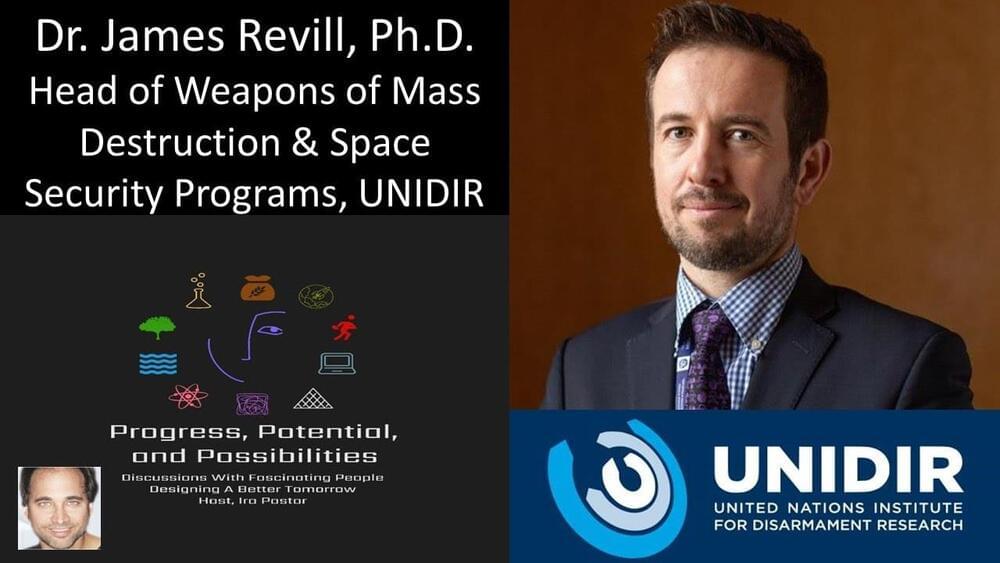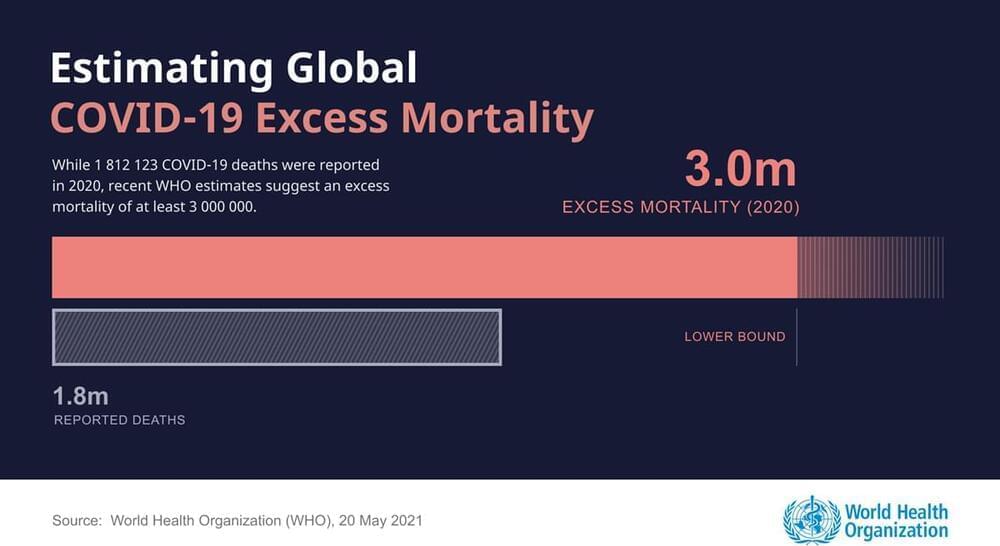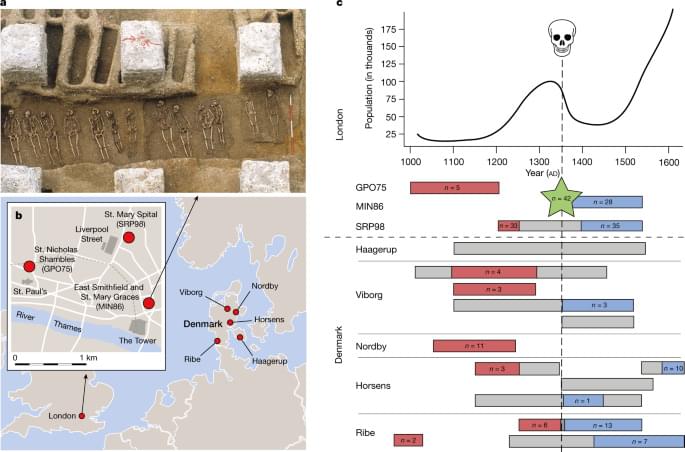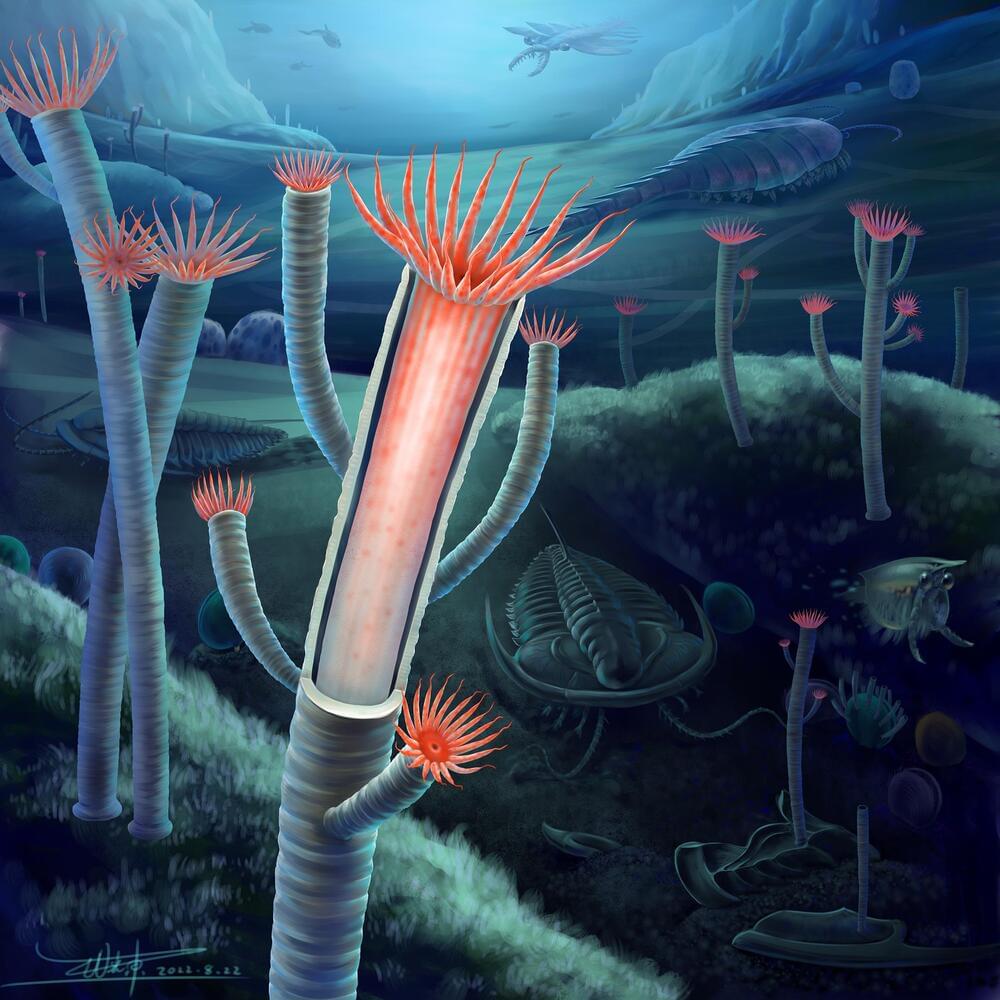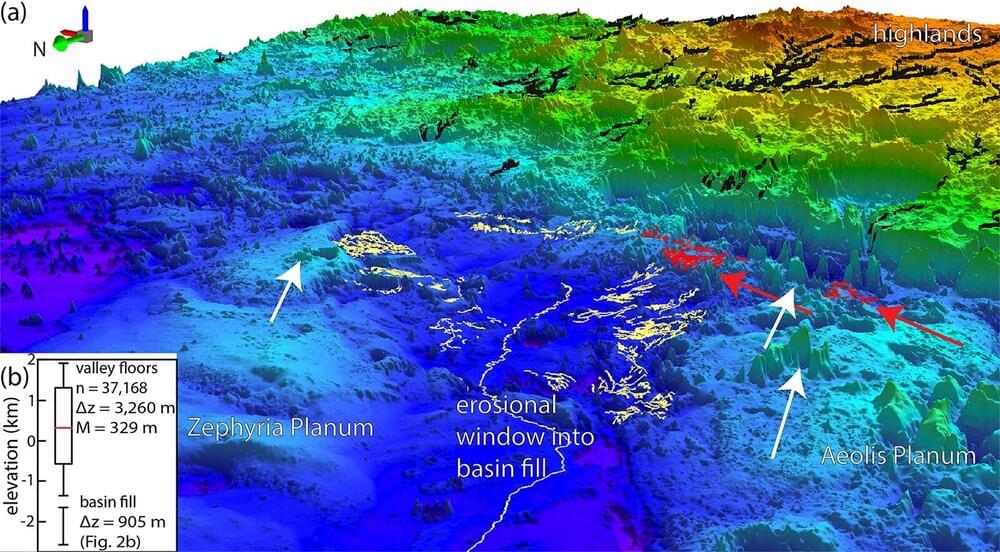Nov 8, 2022
Scientists have found something that could change everything we know about human history
Posted by Paul Battista in category: evolution
The last chimp/human common ancestor died out between five and seven million years ago, giving way to the first pre-humans. But the lineage shared by humans and great apes split several hundred thousand years earlier than we thought, according to new findings. In other words, we split off from our furry friends and began our separate evolution into humans earlier than scientists previously argued.

